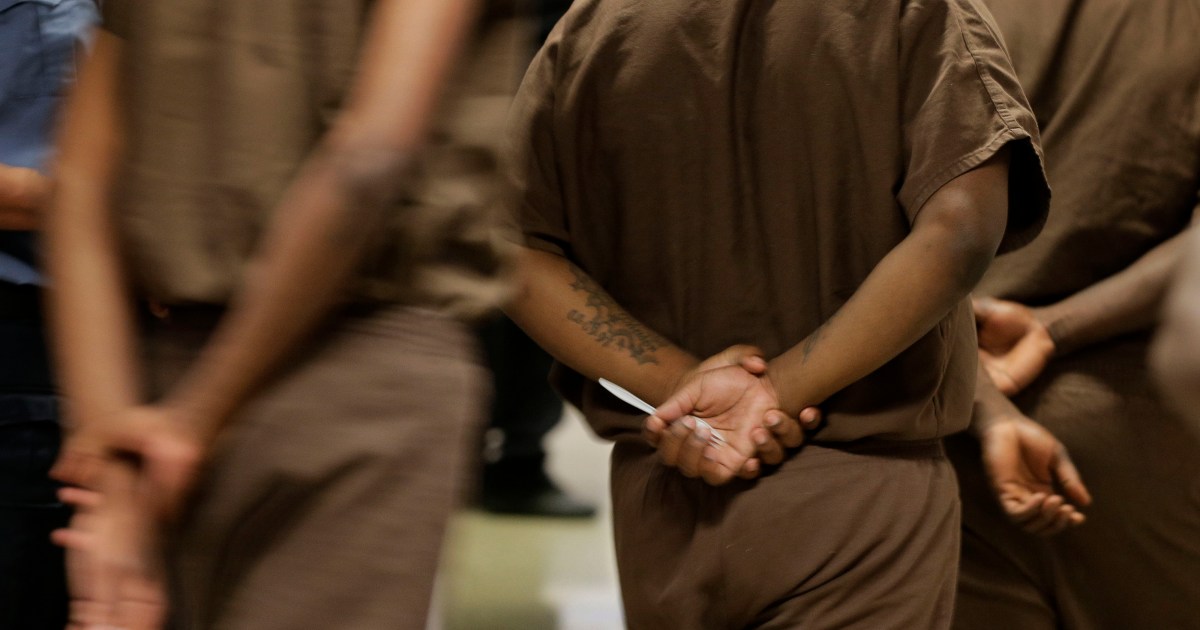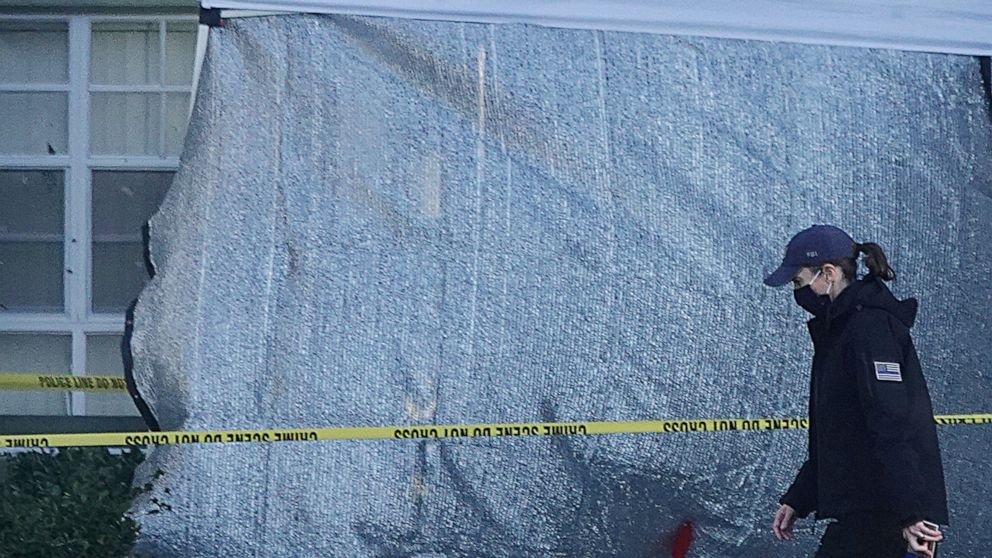Why does the US allow children to face decades in prison? | TV Shows
On Monday, June 27 at 19:30 GMT:
Almeer Nance was 16 years old when he joined two other people in an armed robbery that ended in the murder of a store manager in the US state of Tennessee.
But though he did not fire the fatal shot during the attack in Knoxville in 1996, Nance was tried as an adult, convicted of felony murder, and then sentenced to a minimum of 51 years in prison. In marked contrast, another teenage accomplice received just a one-year term.
Nance’s case is the focus of Fault Lines’ new film “51 Years Behind Bars“. The documentary examines Tennessee’s strict laws on mandatory minimum sentencing for murder – which are being challenged at the state’s supreme court – and follows Nance’s family and supporters as they fight to bring him home.
While Tennessee has some of the US’s most punitive sentencing laws, other US states also take a harsh line when it comes to prosecuting juveniles – especially children and young people of colour. Thirteen US states, including Tennessee, have no minimum age for trying children as adults. “Kids as young as eight can still be charged as an adult, held in an adult jail, and sentenced to extreme sentences in an adult prison,” the Equal Justice Initiative says.
The contrast between how children and young people are treated by US courts and prison systems and some other parts of the world is stark. In Germany, children under 14 are not held criminally responsible, while in the Netherlands the age of criminal responsibility is 12.
Recently, some US states have adopted a more progressive approach. Massachusetts in 2018 raised the age of juvenile court jurisdiction from seven to 12 – part of a wider overhaul of justice laws that have resulted in a drop in arrests and jail time for young offenders. Advocates for US reform say that adopting restorative justice is an effective way to rehabilitate juvenile offenders and repair the damage caused by the crime, while also tackling stubbornly high recidivism rates across the country.Why does the US allow children to face decades in prison?
In this episode of The Stream we’ll look at “51 Years Behind Bars”, ask why so many children and young people convicted of crimes in the US face such punitive sentences, and consider what reforms are possible.
In this episode of The Stream, we are joined by:
Rahim Buford, @Rahimbuford
Director, Unheard Voices Outreach
unheardvoicesoutreach.org
Rafiah Muhammad-McCormick
Co-ordinator for Community Outreach, Tennesseans for Alternatives to the Death Penalty (TADP)
tennesseedeathpenalty.org/staff
Michael Bochenek, @MichaelBochenek
Senior counsel on children’s rights, Human Rights Watch
hrw.org





